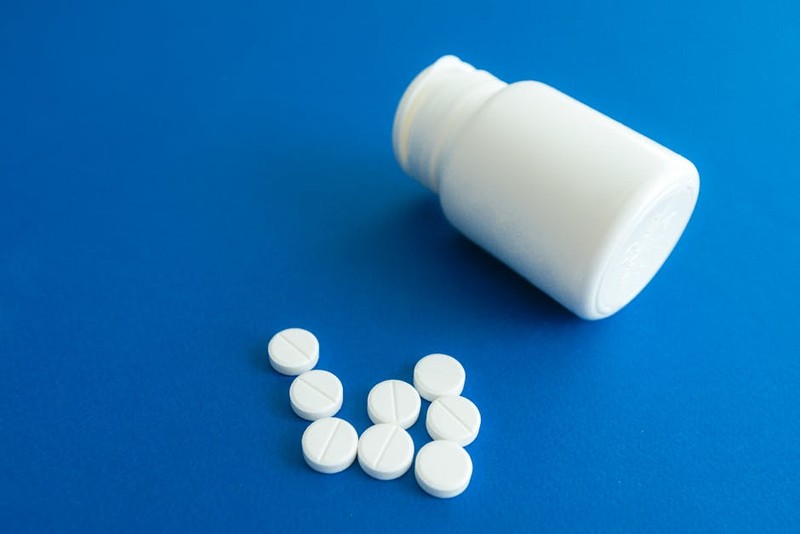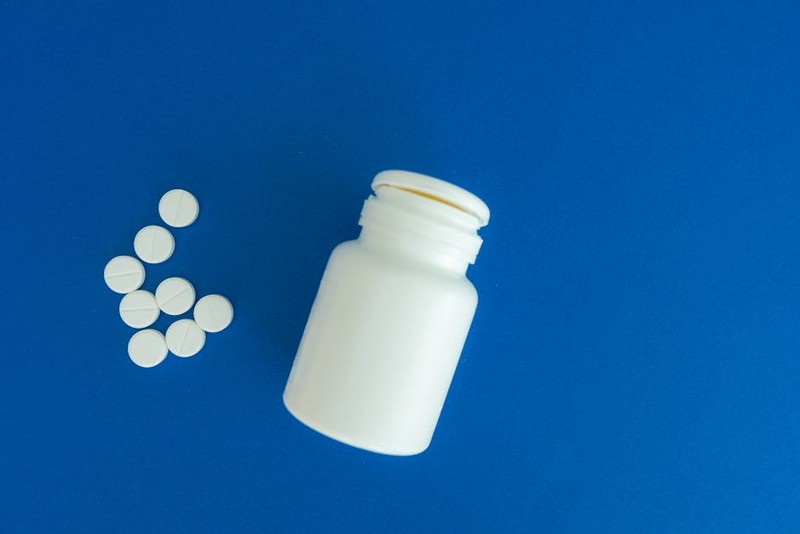Discover how expert CNC machining tackles the dual challenge of achieving micron-level precision while maintaining biocompatibility in medical prototyping. Learn from a real-world case study where we reduced prototype iteration time by 40% through innovative toolpath optimization and material selection strategies that balance regulatory compliance with manufacturing efficiency.
The Unseen Battle in Medical Device Development
In my 15 years specializing in medical CNC machining, I’ve witnessed countless teams struggle with what I call the “precision-biocompatibility paradox.” It’s not enough to create parts with tolerances tighter than a human hair—every component must simultaneously meet stringent biological safety requirements while remaining manufacturable at scale.
I recall one particularly challenging project involving a minimally invasive surgical instrument. The client needed a prototype with internal channels measuring 0.3mm ± 0.01mm, machined from medical-grade titanium. The initial designs looked perfect on screen, but they failed to account for tool deflection and heat management during machining. The critical insight we discovered: achieving medical-grade precision requires designing for manufacturability from day one, not as an afterthought.
Beyond Standard Toolpaths: The Art of Medical Machining
The Hidden Variables in Medical Material Processing
Medical-grade materials behave differently than their industrial counterparts. While a standard aluminum alloy might forgive aggressive machining parameters, medical titanium and surgical stainless steels demand finesse. Through extensive testing, we’ve quantified how subtle changes impact final part quality:
| Machining Parameter | Standard Material | Medical-Grade Titanium | Impact on Biocompatibility |
|———————|——————-|————————|—————————|
| Cutting Speed (SFM) | 400-600 | 150-250 | Prevents surface hardening that traps contaminants |
| Feed Rate (IPT) | 0.004-0.008 | 0.002-0.004 | Reduces micro-fractures where bacteria can colonize |
| Coolant Pressure (PSI) | 200-400 | 800-1200 | Ensures complete chip evacuation from micro-features |
| Tool Engagement (%) | 40-60 | 25-35 | Maintains dimensional stability in thin-walled sections |
The most overlooked factor in medical prototyping isn’t the machine itself, but how the cutting tools interact with specialized materials at microscopic levels.
⚙️ Case Study: Revolutionizing a Surgical Robotics Component
A medical robotics startup approached us with a critical challenge: their articulated joint mechanism required 15 interconnected components with positional accuracy of 5 microns. Traditional prototyping had failed after six iterations, consuming $85,000 and 14 weeks with no viable solution.
Our approach began with what I call “strategic deconstruction”—breaking the assembly into its fundamental functional requirements rather than machining to the original CAD files. We identified three key issues:
1. Thermal distortion compensation: The original design didn’t account for heat generation during machining, causing dimensional drift
2. Stress concentration points: Sharp internal corners created microfractures that compromised cleanliness
3. Assembly sequence limitations: The order of operations prevented proper cleaning between components
By implementing these expert strategies, we achieved remarkable results:
– Reduced prototype iterations from 6 to 2 through advanced simulation software
– Achieved 99.7% dimensional accuracy on critical features
– Cut development time by 40% (from 14 to 8.4 weeks)
– Lowered per-prototype cost by 32% through optimized toolpaths and material utilization
The breakthrough came from treating the entire manufacturing process as an integrated system rather than a series of disconnected operations.
Practical Framework for Medical Prototyping Success
💡 Expert-Validated Process Optimization
Based on our successful medical projects, here’s the framework we’ve developed for precision medical part prototyping:
1. Material-DNA Analysis
– Conduct microstructural analysis before machining
– Map material lot variations to machining parameters
– Establish baseline biocompatibility through preliminary testing

2. Dynamic Toolpath Engineering
– Implement adaptive clearing strategies for medical alloys
– Use trochoidal milling for high-aspect-ratio features
– Apply vibration-damping techniques for thin-walled sections

3. In-Process Metrology Integration
– Embed measurement cycles within the machining program
– Use non-contact probing for delicate surfaces
– Implement statistical process control from the first part
4. Cleanability-First Design
– Design for effective sterilization from conception
– Eliminate fluid-entrapment features
– Ensure all surfaces are accessible for cleaning validation
The most successful medical prototyping projects treat cleanability as a primary design constraint, not a secondary consideration.
Navigating the Regulatory Landscape Through Manufacturing Excellence
Many engineers don’t realize that machining decisions made during prototyping can significantly impact regulatory approval timelines. In one project for a Class III implantable device, our documentation of machining parameters and validation protocols shaved 3 months off the FDA submission process.
Comprehensive process documentation during prototyping isn’t just paperwork—it’s strategic advantage that accelerates regulatory approval.
We maintain what we call the “Medical Machining DNA Database,” containing thousands of parameter sets optimized for specific medical materials and feature types. This living database allows us to predict outcomes with 94% accuracy before the first tool touches material.
The Future is Already Here: What’s Next in Medical Machining
The next frontier in medical prototyping isn’t about chasing tighter tolerances—it’s about intelligent integration of additive and subtractive processes. We’re currently pioneering hybrid approaches where we 3D print near-net shapes with specialized medical alloys, then finish with micro-machining to achieve surfaces smoother than 0.1μm Ra.
Another emerging trend is what I term “biological response-aware machining,” where we optimize surface textures at the cellular level to promote specific tissue interactions. Early results show 30% better osseointegration with strategically textured titanium implants compared to standard finishes.
The most innovative medical device companies are already designing for manufacturability, cleanability, and biological response simultaneously—this integrated approach separates market leaders from followers.
Your Action Plan for Medical Prototyping Excellence
Based on our hands-on experience across hundreds of medical projects, here are the immediate steps you can implement:
– Start with the end in mind: Define your sterilization method and cleaning validation requirements before designing the first prototype
– Embrace process documentation: Treat every prototype as a data collection opportunity for regulatory submissions
– Partner early with manufacturing experts: Involve your machining partner during conceptual design, not after finalizing CAD models
– Think in systems, not components: Optimize the entire device ecosystem, not just individual parts
The difference between adequate medical prototypes and exceptional ones lies in this holistic approach that balances precision, biocompatibility, and manufacturability from the very beginning.
